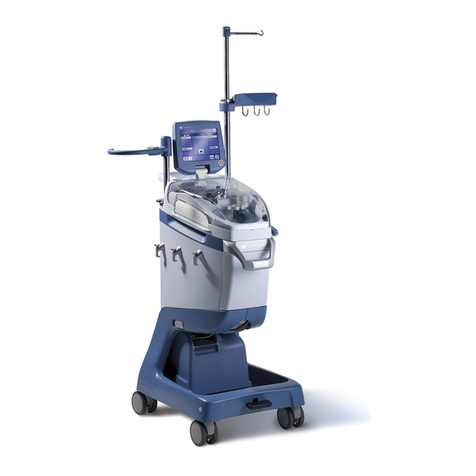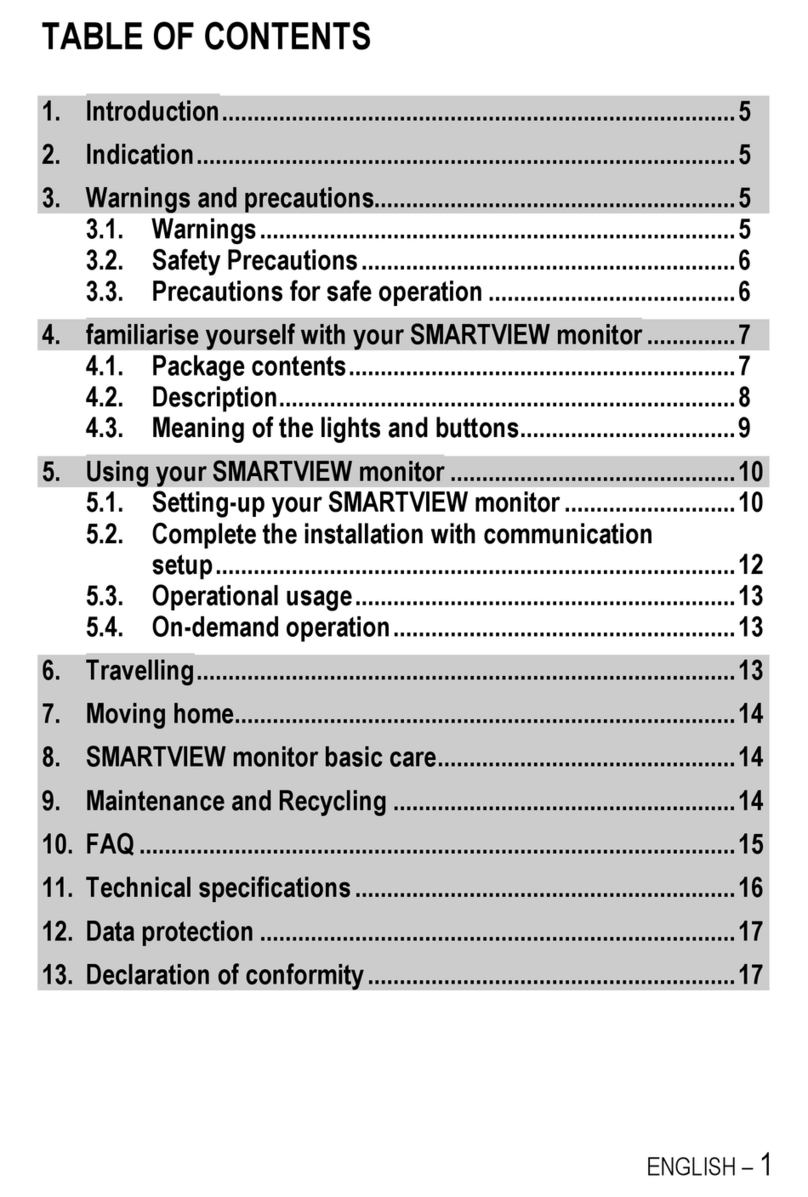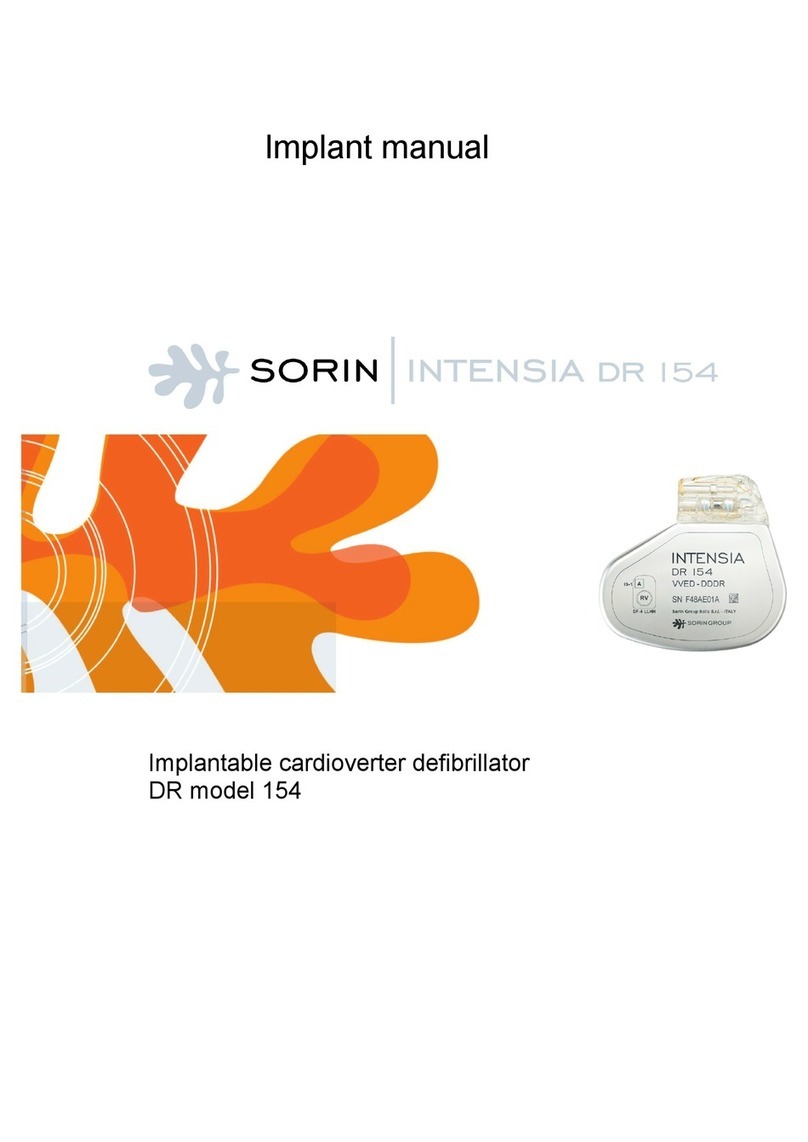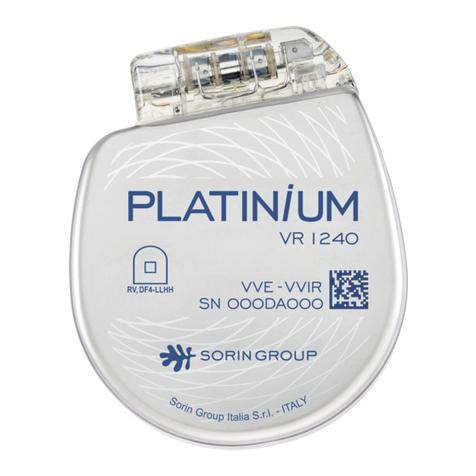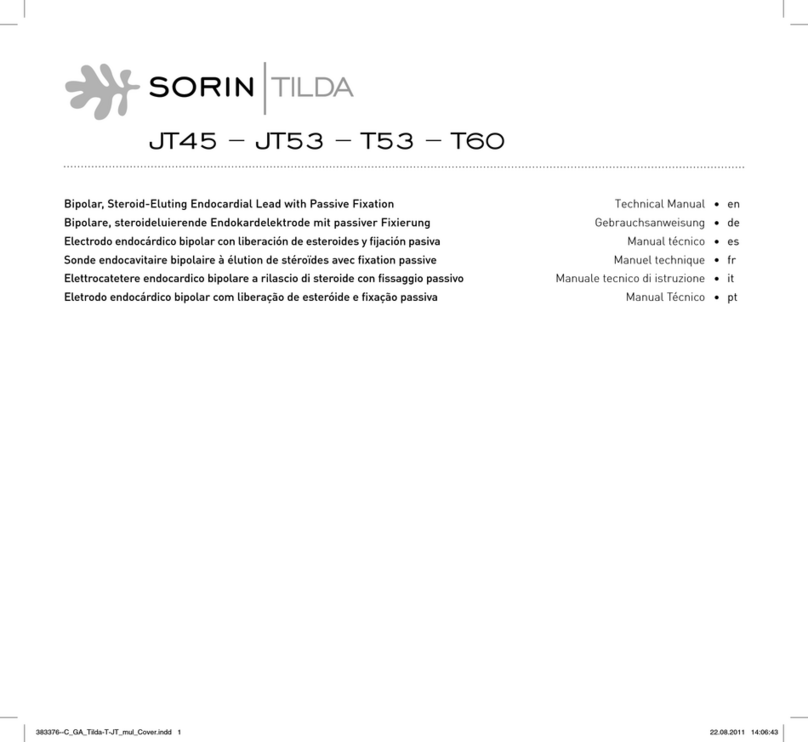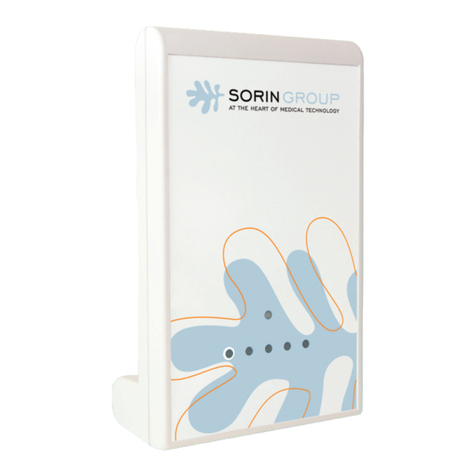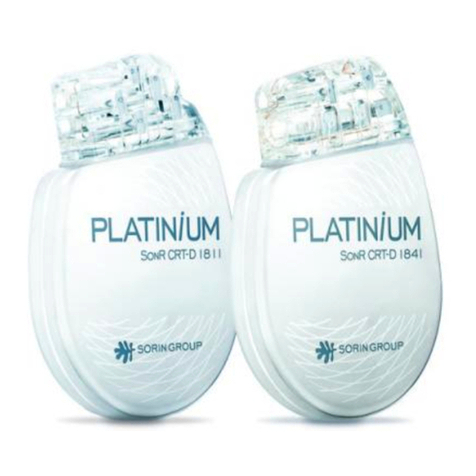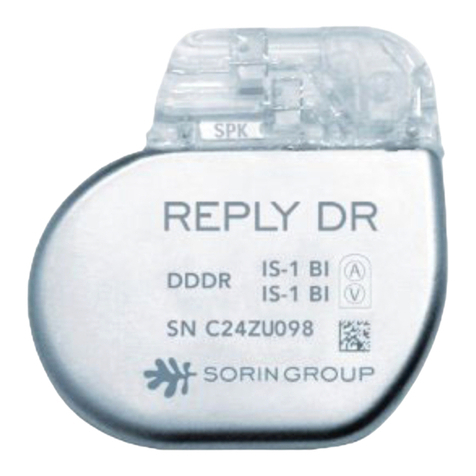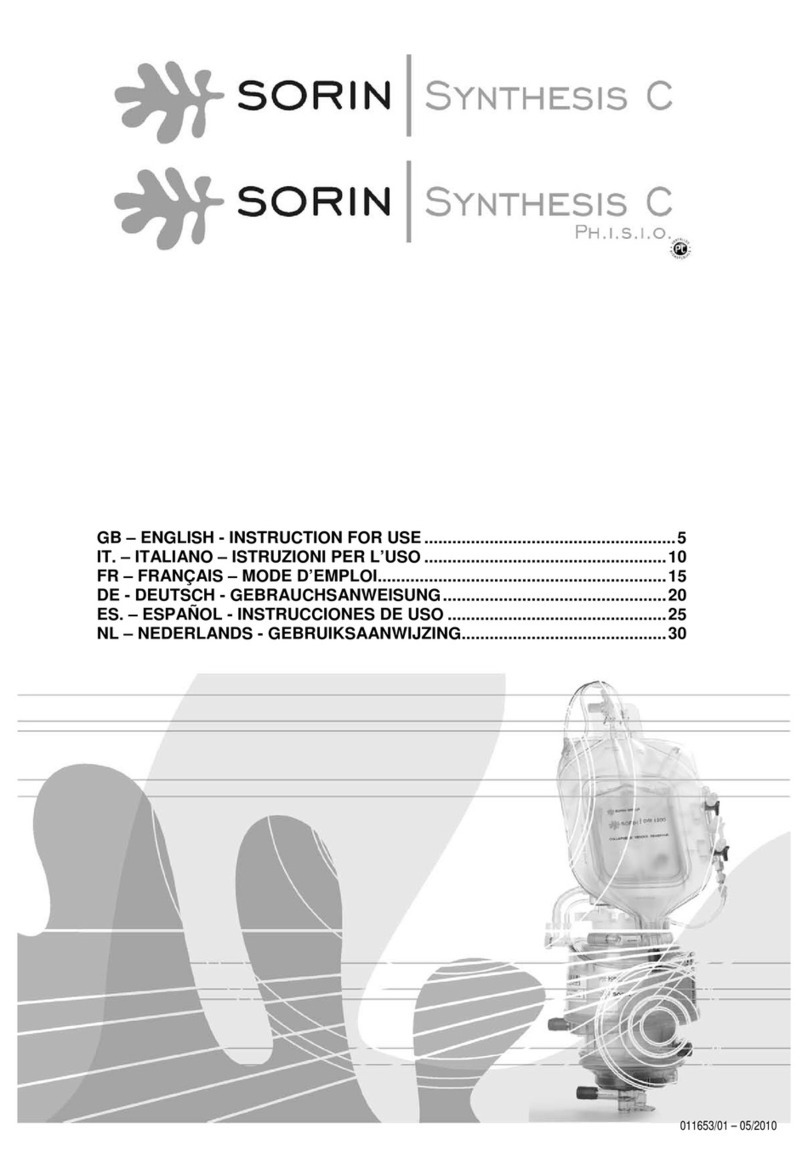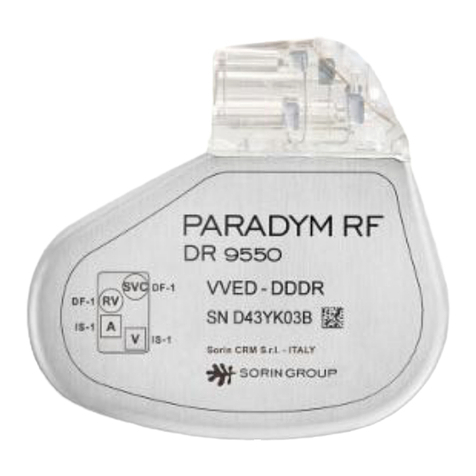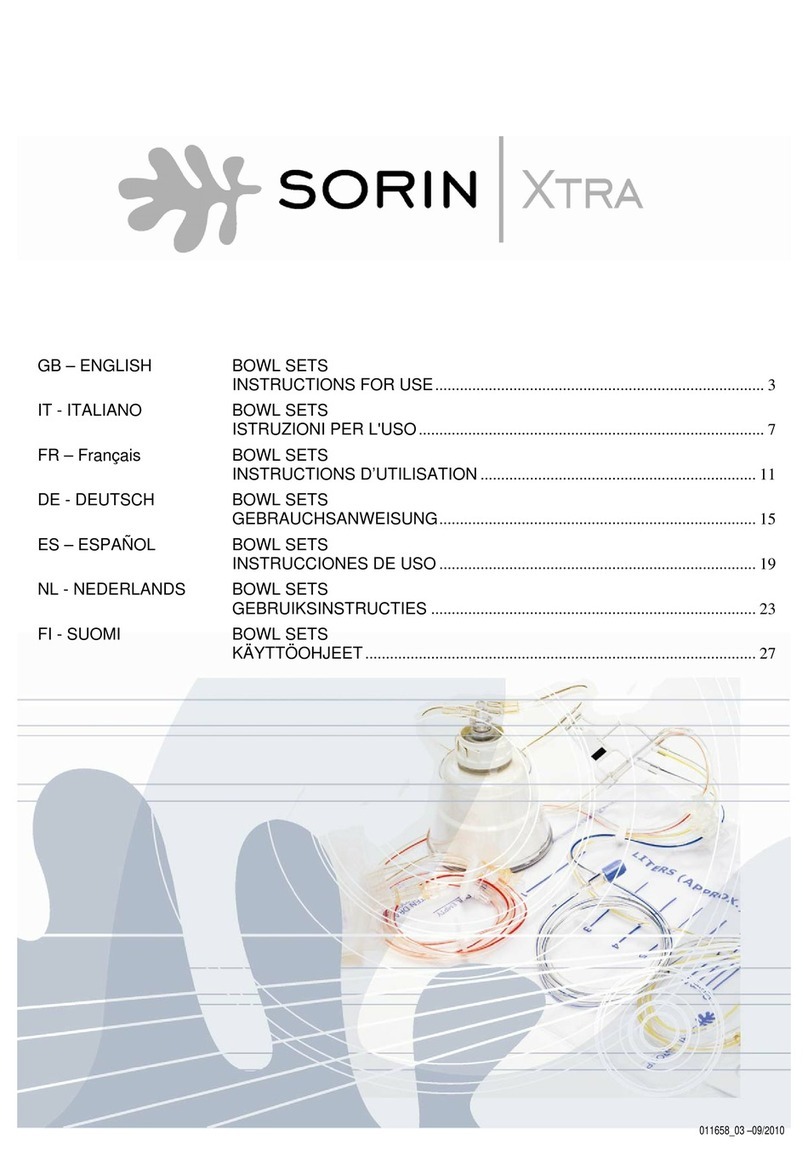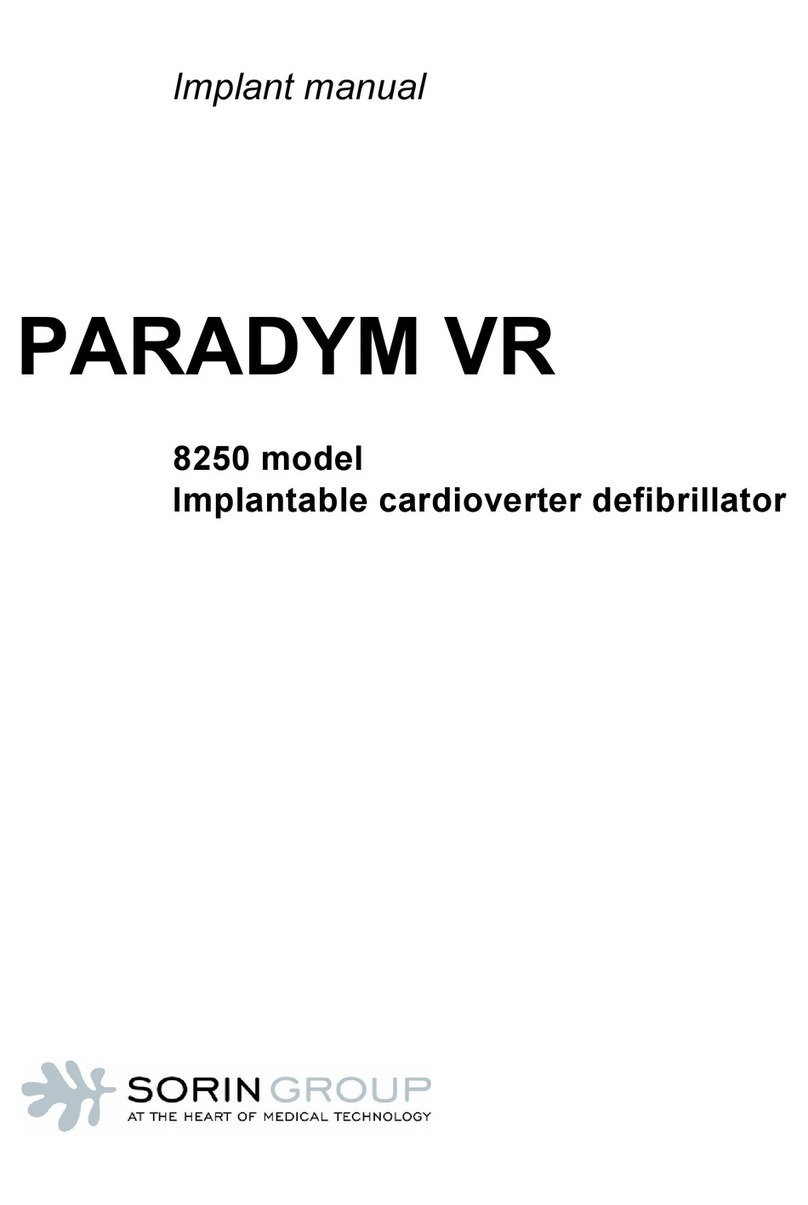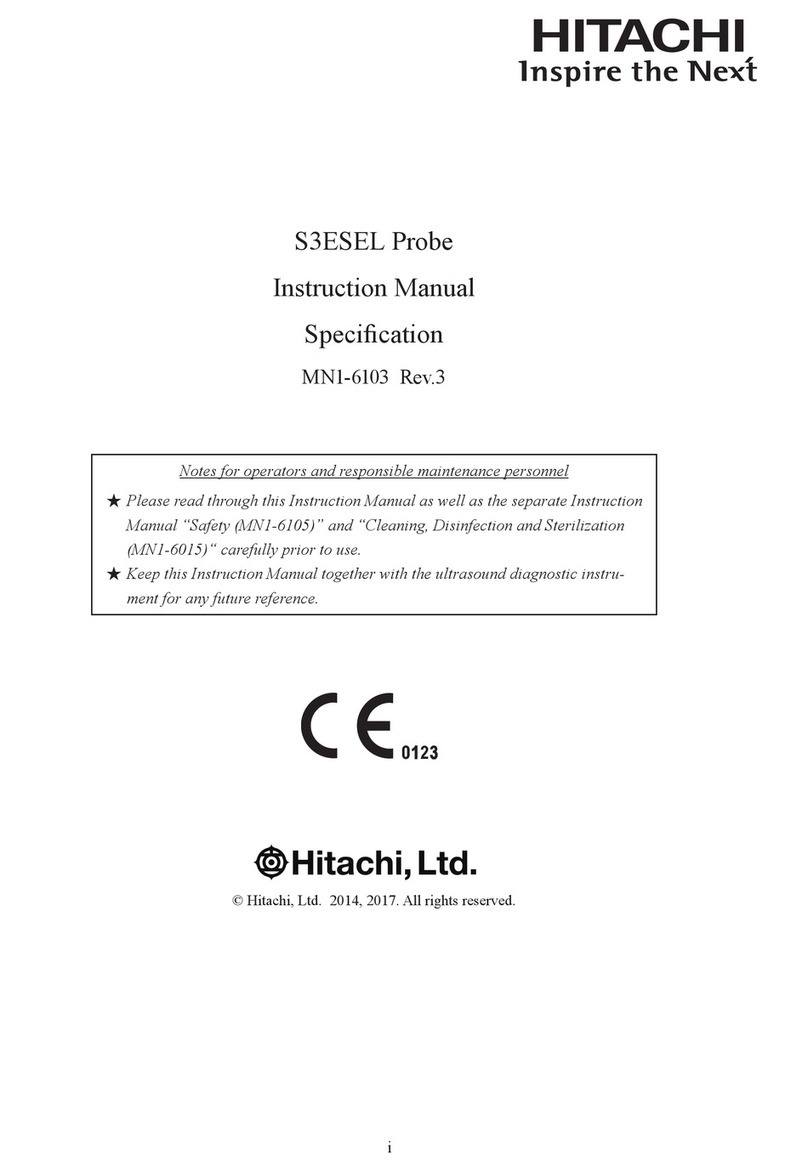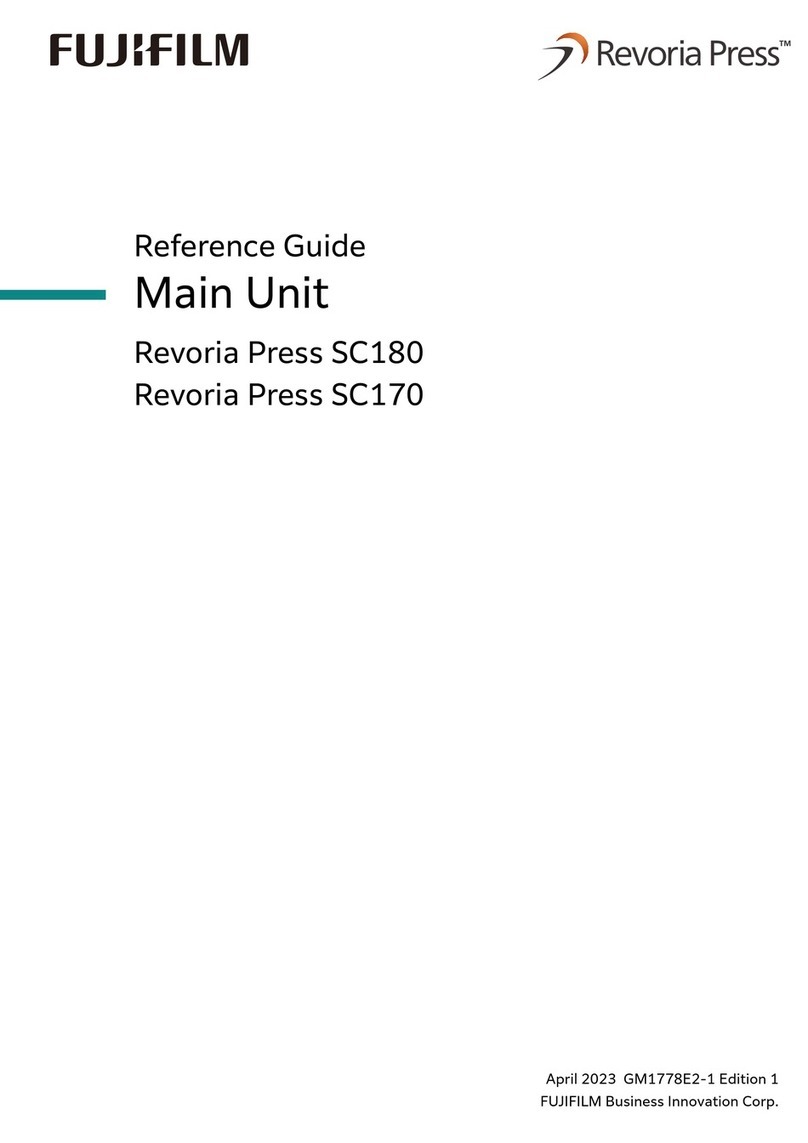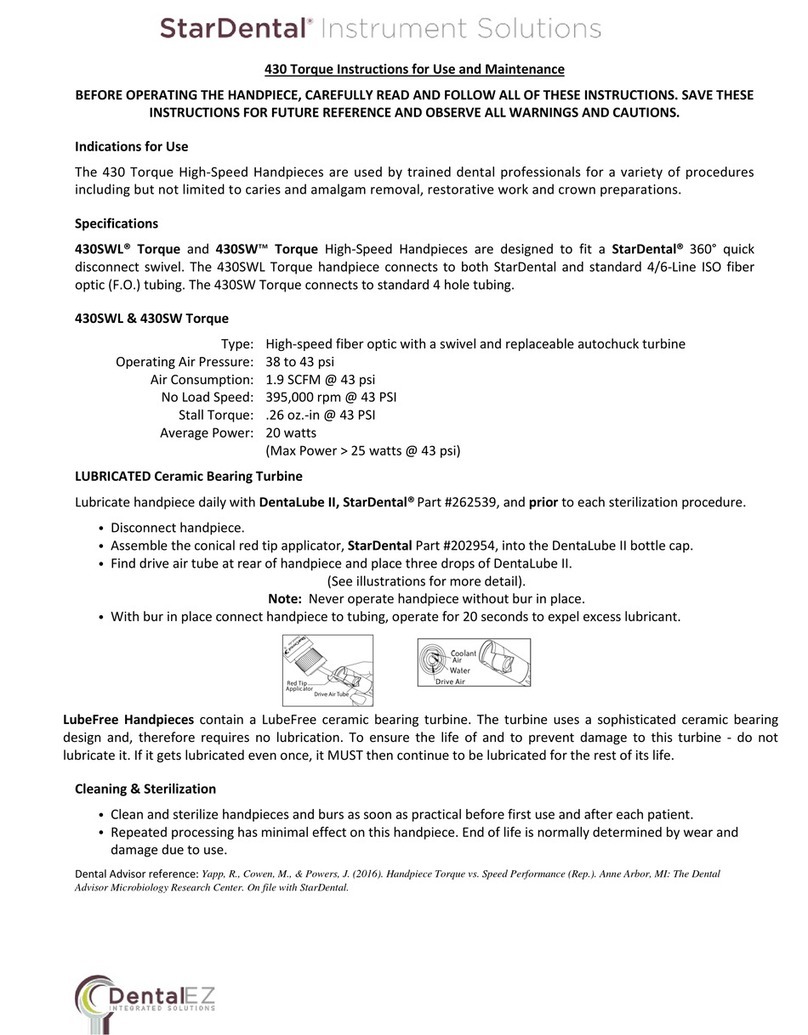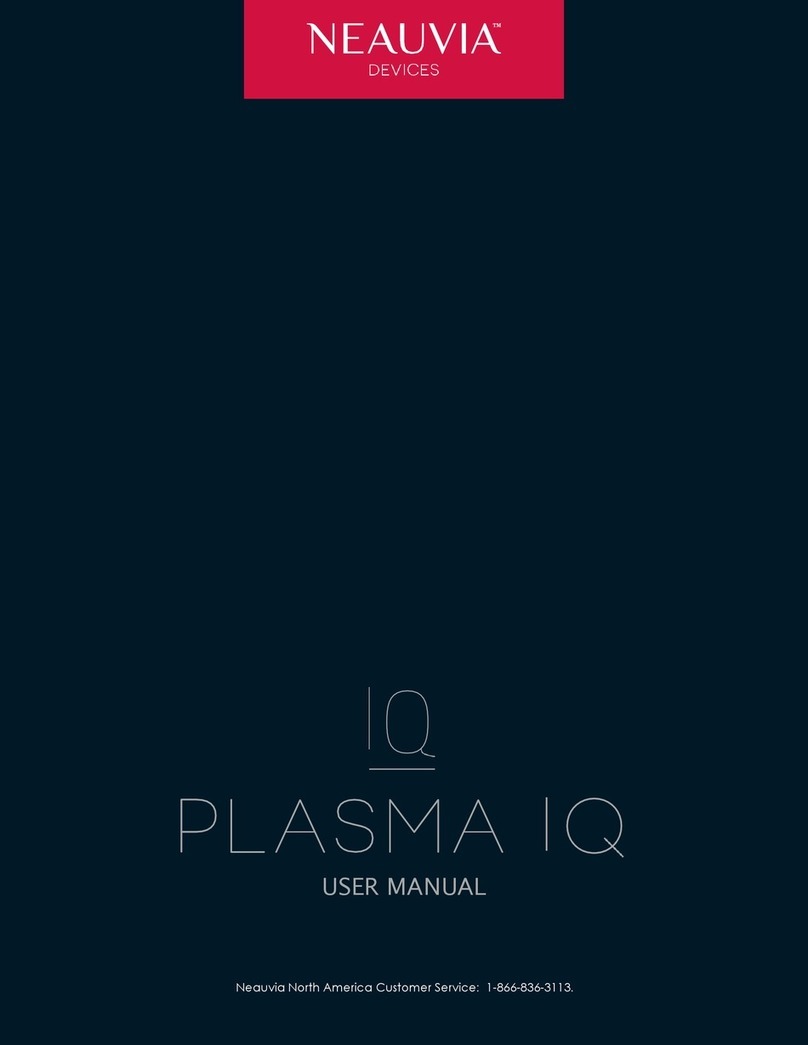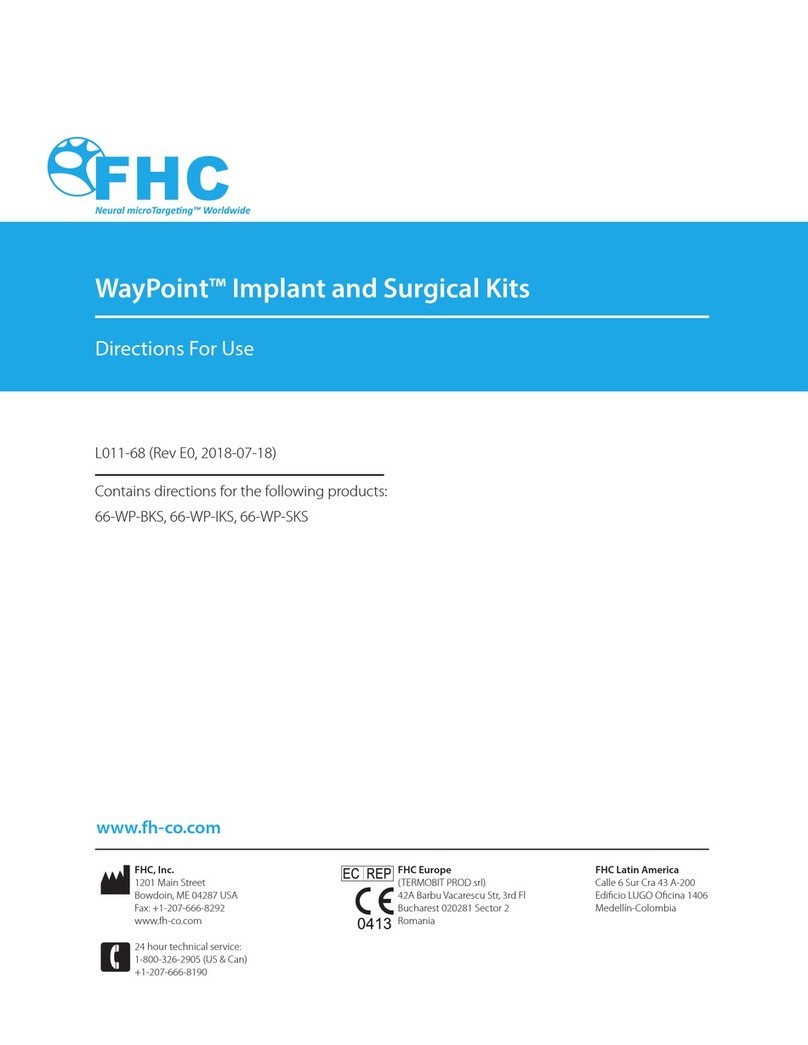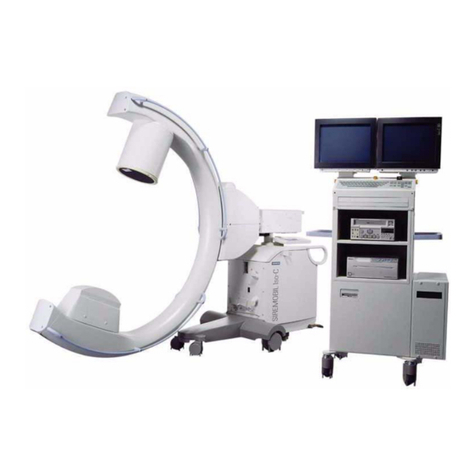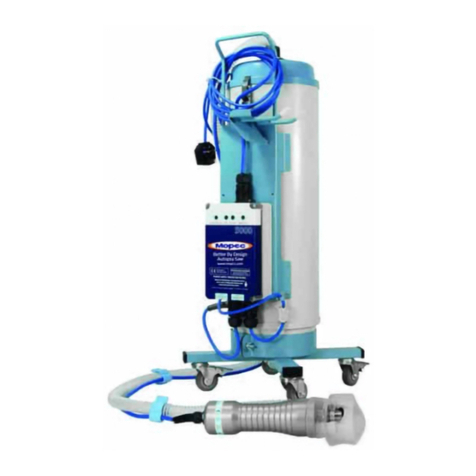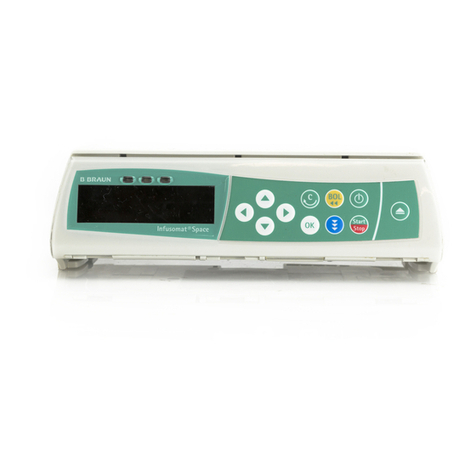
10 – ENGLISH
oversensing could result in inappropriate pacing, inhibition, or therapy.
Normal activities after implant do not result in such oversensing.
4.2. RISKS RELATED TO MEDICAL ENVIRONMENT
It is advisable to carefully monitor defibrillator operation prior to and
after any medical treatment during which an electrical current from an
external source passes through the patient's body.
Magnetic Resonance Imaging: MRI is strictly contraindicated in
cardiac defibrillator patients.
Electrocautery or diathermy device: Diathermy and electrocautery
equipment should not be used. If such devices must be used: 1. Before
procedure, deactivate ATP and shock therapies. 2. During the
procedure, keep the electrocautery device as far as possible from
the cardiac defibrillator. Set it at minimum intensity. Use it briefly.
3. After the procedure, check for proper implant function. The device
should never be exposed directly to the diathermy source.
Left Ventricular Assistant Device (LVAD): When implanting an ICD in
a patient implanted with a LVAD, it is recommended to place the device
as far as possible from the LVAD, as the LVAD may disturb device
interrogation. When interrogating the device the programmer head
should be kept as far away from the LVAD as possible.
External defibrillation: PARADYM RF SonR 9770 is protected from
external defibrillation shocks. Before external defibrillation, deactivate
ATP and shock therapies. During external defibrillation, it is advisable to
avoid placing the defibrillating paddles directly over the casing or
over the leads. The defibrillating paddles should preferably be placed in
an anteroposterior position. Avoid any direct contact between the
defibrillation paddles and the conductive parts of the implanted leads or
casing of the implanted device. After external defibrillation, check for
proper device function.




















